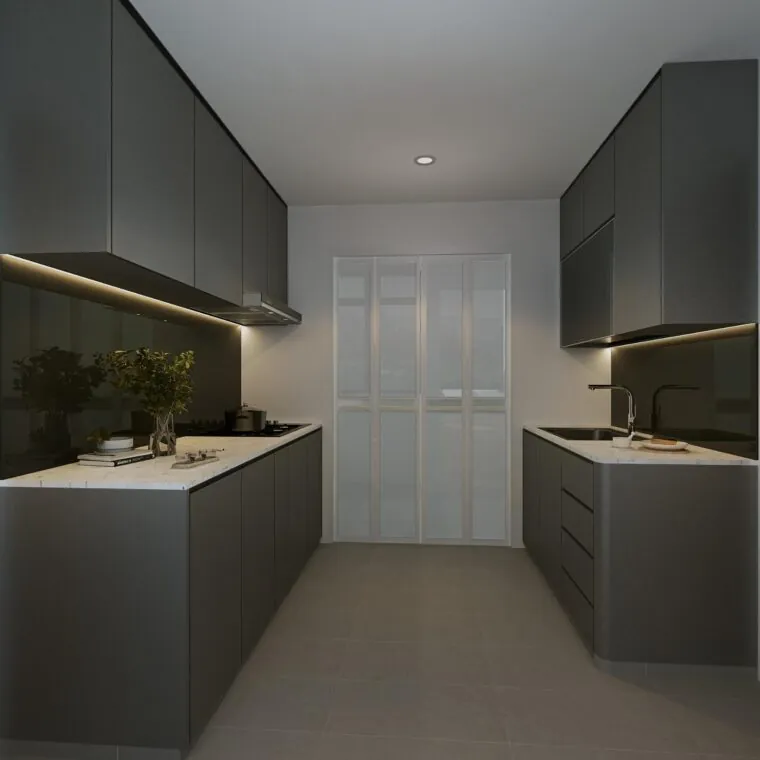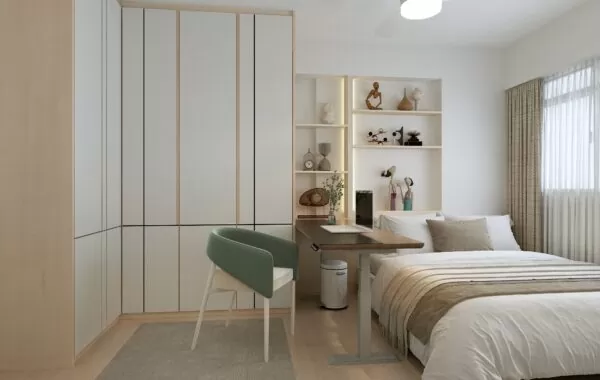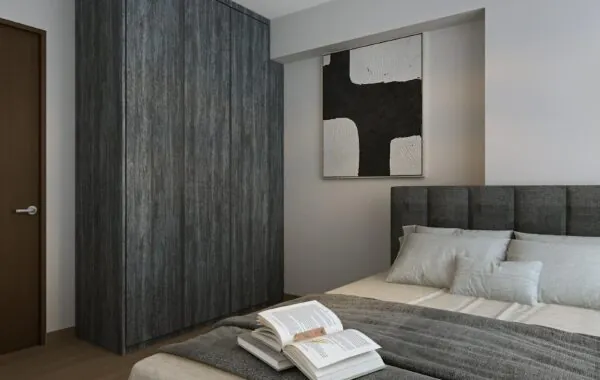When it comes to kitchen renovation design, most people focus on layout and aesthetics but your kitchen is more than a visual experience. It’s the heart of the home, where all five senses come into play. From the texture of your countertops to the aroma of your morning coffee, every detail shapes the way you feel in the space.
Designing a kitchen that engages the five senses- sight, touch, smell, sound, and taste can elevate your everyday routines and deepen your connection to your home. Here’s how to bring sensory design into your next kitchen renovation.
Sight: Designing a Visually Inspiring Space
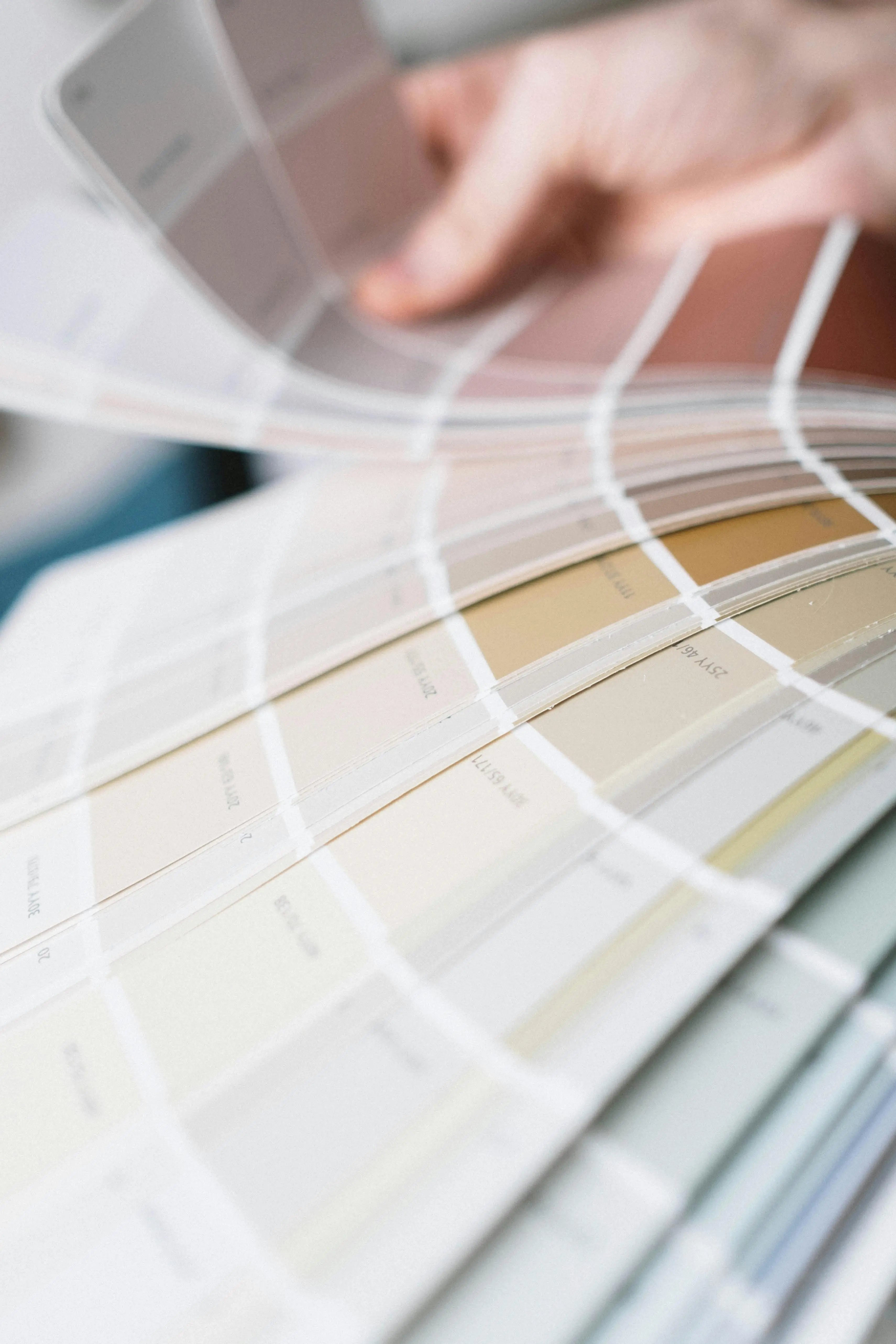
Colour palette options used in kitchen renovation design to enhance visual harmony
Visual appeal is often the first consideration in a kitchen, but it goes beyond choosing pretty colours or trendy finishes. A thoughtfully designed kitchen uses light, colour, contrast, and proportion to create a calming and functional environment.
- Play with colour palettes: Use soothing neutrals for a timeless look or contrast warm and cool tones to add personality. Soft whites, deep greens, or dusty blues can reflect natural light beautifully while giving your space a grounded feel. Colour isn’t just decorative it also affects your mood and energy while cooking.
- Let in natural light: Maximise daylight through well-placed windows, skylights, or glass doors. Natural light makes small kitchens feel larger and more welcoming while enhancing your connection to the outdoors. Pair it with layered artificial lighting ambient, task, and accent to keep the kitchen well-lit day or night.
- Focus on visual flow: Maintain clean sightlines by keeping clutter off countertops and choosing cabinetry that blends with the walls. Open shelving or glass-front cabinets can help break up solid blocks and keep the space light. Consider hidden appliances or streamlined finishes to minimise visual noise.
- Use textures and finishes: Matte finishes absorb light and create a relaxed atmosphere, while gloss reflects light for a sleek, modern vibe. Incorporate visual texture with natural materials like wood grain or stone veining to add warmth. Balanced contrasts between surfaces create harmony and depth.
- Incorporate focal points: Create visual interest with a bold backsplash, a sculptural pendant light, or a beautifully veined island countertop. These statement pieces anchor the space and guide the eye. When well-placed, focal points give the kitchen a curated, high-end look.
Touch: Creating Tactile Comfort and Function

Hands-on material selection during kitchen renovation design for tactile appeal
Touch is often overlooked in kitchen design, yet it plays a huge role in how the space feels literally. From the texture of materials to the shape of cabinet handles, your tactile experience can make or break daily usability.
- Choose materials that feel good: Smooth quartz, honed granite, or soft-touch laminate offer different tactile experiences. Wood, especially when oiled or brushed, brings warmth and a natural softness underhand. Texture variation can also help define zones e.g., a butcher block island adds warmth to a stone-heavy kitchen.
- Invest in ergonomic design: Handleless cabinets with push-touch technology or soft-close drawers enhance the ease of movement. Rounded edges on countertops and island corners reduce the risk of bumps and add a softer, more inviting feel. Consider touch-sensitive faucets or motion-activated lighting for convenience.
- Vary surface textures: Introduce tactile contrast through cabinet finishes (matte vs gloss), backsplashes (tiled vs smooth), or flooring (timber vs tile). These changes stimulate touch and elevate the sensory richness of your space. A mix of surfaces adds dimension without overwhelming the design.
- Don’t overlook the floor: The floor carries your weight literally. Choose materials that feel good underfoot, such as timber, cork, or anti-fatigue tiles. Rugs or mats in high-use areas like the sink or stove also add softness and warmth.
- Use tactile hardware: Opt for handles and knobs with character brushed metal, hammered brass, or leather pulls bring both texture and refinement. These details not only stand out visually but also offer satisfying touchpoints every day. They’re small, but they make a big difference.
Smell: Infusing the Kitchen with Aromatic Appeal

Scent is deeply linked to memory and emotion, and a kitchen’s aroma can turn it into a space you love being in. Whether it’s the comforting smell of fresh bread or the invigorating scent of herbs, scent has the power to ground and uplift.
- Ventilate properly: A quality range hood eliminates lingering cooking odours and keeps the air fresh. Quiet but powerful extraction is ideal, especially in open-plan layouts. This simple feature ensures your kitchen always smells clean and inviting.
- Use natural diffusers: Incorporate herbs like rosemary, thyme, or basil in pots on the windowsill or island. These not only add visual greenery but release a gentle, organic fragrance. Citrus peels in a simmer pot or a bowl of lavender buds can also naturally freshen the space.
- Add a baking station: Design a nook with easy access to baking essentials, encouraging spontaneous cookie-making or bread baking. The smell of baking is comforting and nostalgic, enriching the homey atmosphere. A warm oven filled with baked goods is scent therapy in itself.
- Keep it fresh with plants: Certain indoor plants like eucalyptus or mint add a subtle, fresh aroma while purifying the air. They also soften the visual environment and bring a touch of life. Group them near windows or sinks for easy care.
Sound: Designing for a Quieter, Calmer Kitchen
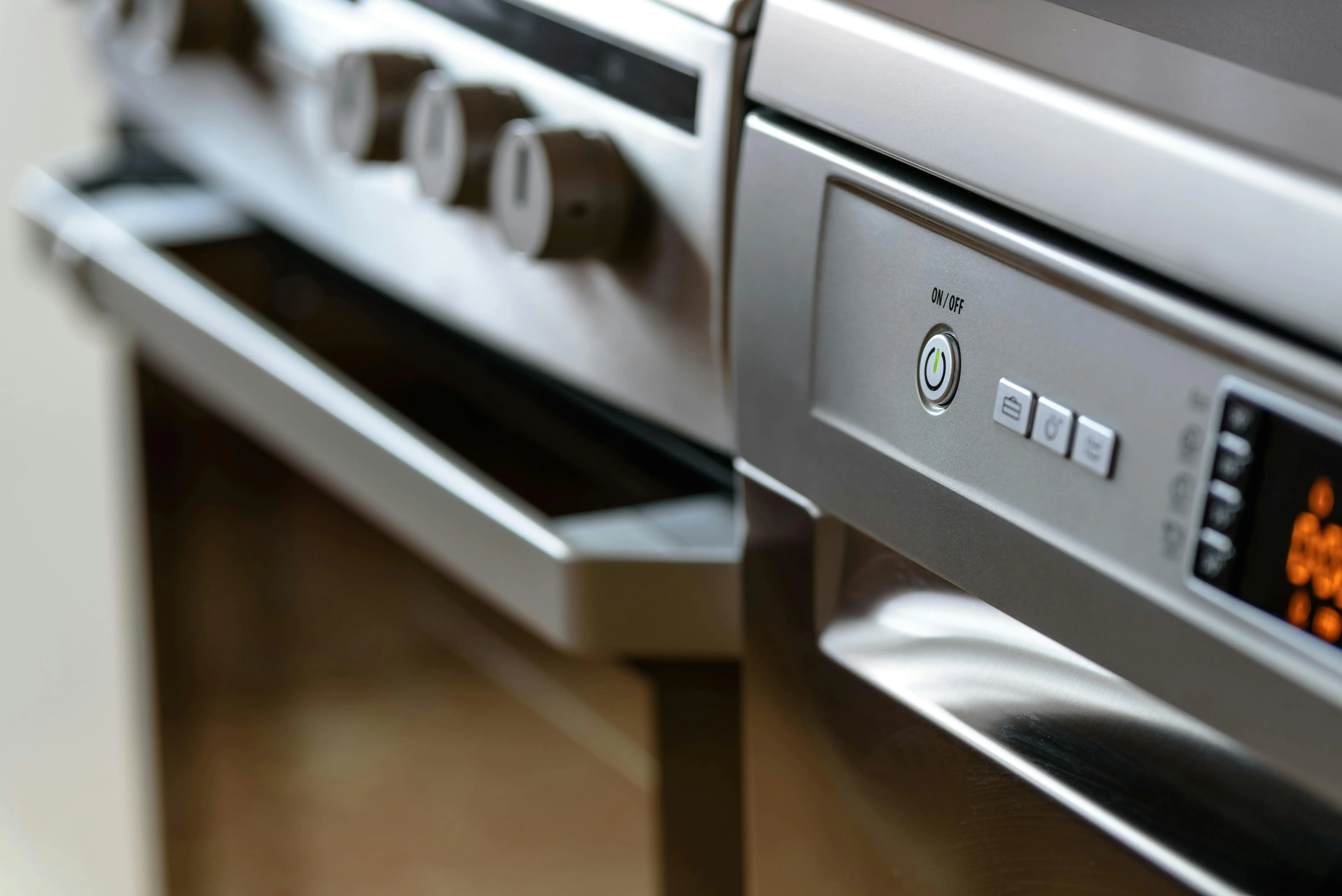
Quiet appliances integrated into kitchen renovation design for a serene soundscape
The kitchen can be one of the noisiest rooms in a home, but good design can help reduce auditory clutter and create a more relaxing atmosphere.
- Install soft-close features: Hinges, drawers, and cabinet systems with soft-close mechanisms cut down on slamming sounds. They also extend the life of your cabinetry and improve the user experience. Silence becomes a design feature.
- Choose quieter appliances: Look for low-decibel ratings when selecting dishwashers, refrigerators, or range hoods. Many modern appliances are designed to operate quietly, helping keep the overall ambiance serene. This is especially important in open-plan homes.
- Use sound-absorbing materials: Rugs, fabric blinds, upholstered banquettes, or even acoustic wall panels can absorb sound and reduce echo. These elements double as décor and help create a cozier atmosphere. Cork flooring is another great sound-dampening choice.
- Separate noisy zones: Consider placing dishwashers or laundry areas slightly away from dining or social zones. This separation ensures conversations and mealtimes are less interrupted. If possible, add pocket doors or sliding panels to contain sound.
Taste: Designing Around the Joy of Cooking and Eating
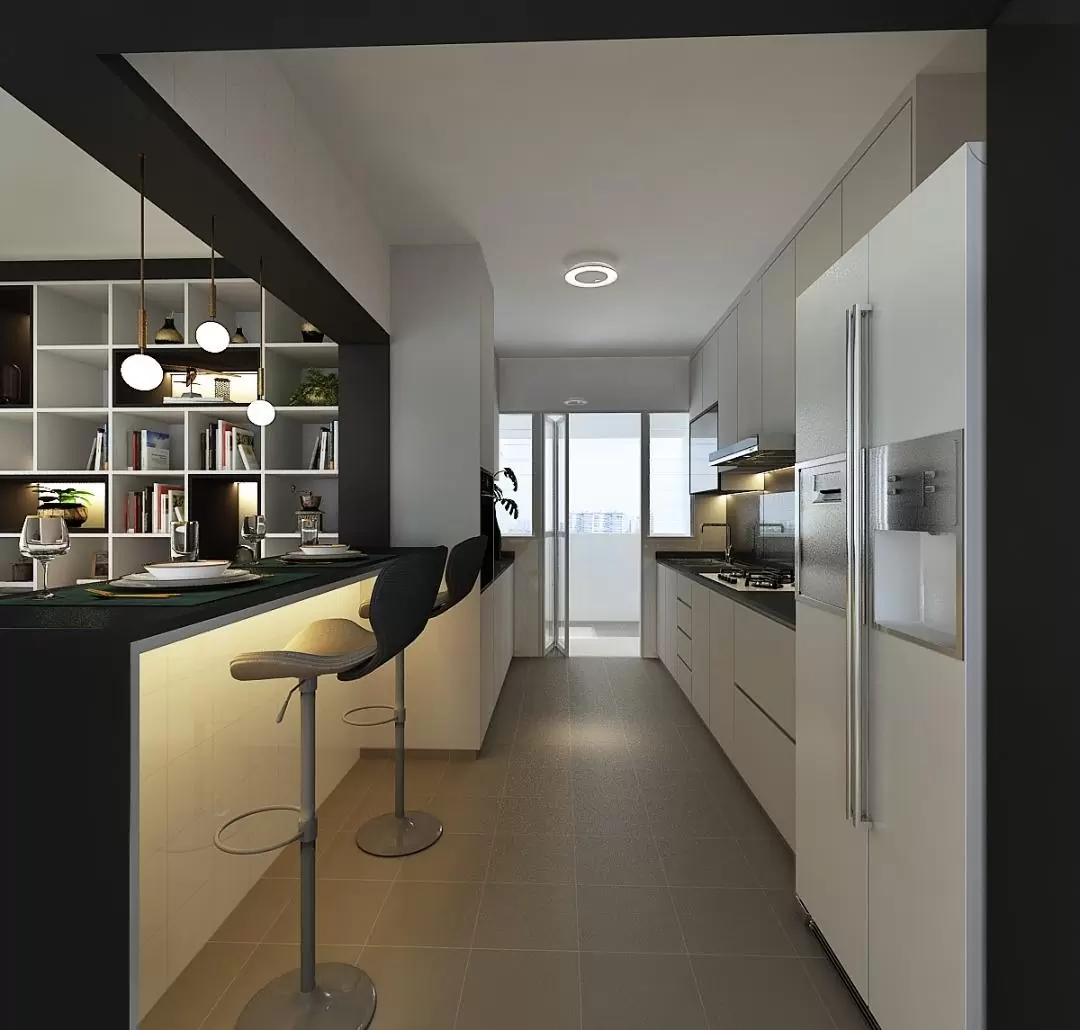
Taste is the soul of the kitchen. While it’s the most obvious sense in cooking, a great kitchen design can enhance the joy of tasting by encouraging creativity, sharing, and connection.
- Create functional cooking zones: Ensure your prep, cook, and clean zones are well laid out and stocked with the tools you need. When your kitchen flows well, you’re more likely to enjoy the process of preparing meals. A functional layout fuels inspiration.
- Include a kitchen island or bar: These offer space for casual dining, wine tastings, or family breakfasts. Being able to sit, taste, and share food in the kitchen turns it into a gathering space. It’s about creating moments, not just meals.
- Incorporate open shelving or pantry displays: Seeing your ingredients, spices, oils, grains can spark creativity and exploration in the kitchen. It turns cooking into an act of artistry, guided by what looks appealing. Plus, it adds visual interest.
- Make room for rituals: Whether it’s a coffee station, wine fridge, or smoothie counter, design your kitchen to support daily food rituals. These small moments are often the most cherished and tie directly into taste. A well-loved kitchen is one that celebrates the everyday.
Designing your kitchen for all five senses doesn’t just result in a beautiful space it creates one that feels alive. By layering visual appeal with texture, scent, sound control, and culinary delight, your kitchen becomes a personal sanctuary.
At Renoloft, we believe kitchen renovation design should nourish the whole experience of being home. If you’re ready to create a kitchen that delights all your senses, let’s start planning your perfect space today.
Interested? Design Your HDB with Reno Loft today!
HDB renovations are essential for transforming your space into the home of your dreams. If you are looking to build your dream home, then look no further than us!
With 10 years of experience under our belts, our designers are here to realise your dream home.
Start your stress-free renovation journey with Reno Loft today.
Head on to Our Portfolios to browse more of our proud work!

